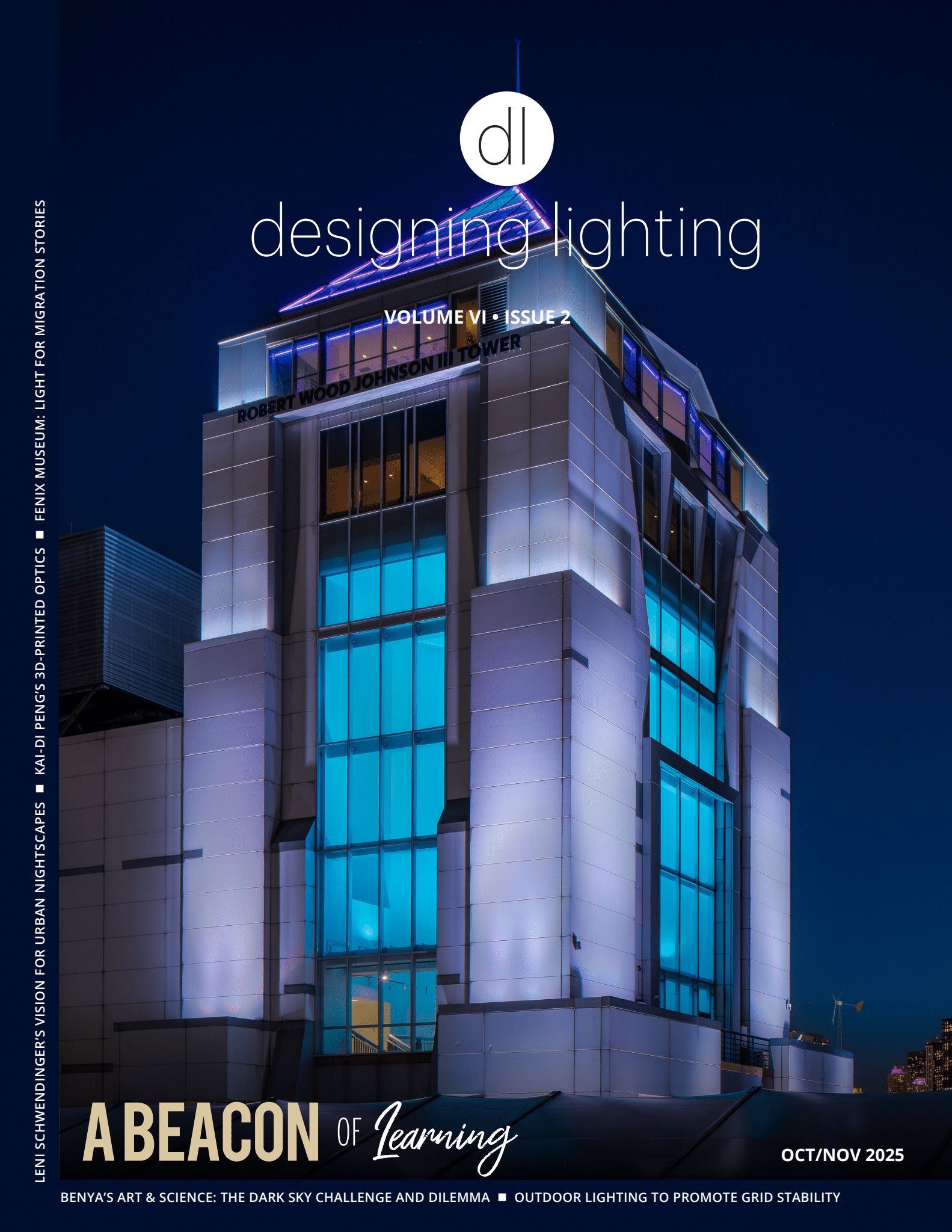Executive Summary
Access to daylight at home is not just a desirable amenity but is a fundamental physiological requirement. We are an outdoor species, having evolved in the natural world around us with a 12-month cycle of the seasons and a 24-hour cycle of day and night. Circadian systems have evolved in nearly all species to regulate physiology and behavior in response to daily variations in daylight. The amount of daylight we are exposed to, or the lack thereof, has a significant influence on the quality of our sleep, mood, and health.
The REVOLV study, conducted by the Light and Health Research Center (LHRC) at the Icahn School of Medicine at Mount Sinai, sought to study the impact of daylight on physiological, behavioral, and subjective measures of health in a real-world environment. Understanding these dynamics in practice are key to designing buildings that are optimized for human health and well-being.
The Study
20 residents living in the EXO Apartments in Reston, Virginia, were exposed to two experimental conditions for a period of 1 week each in their apartment.

Throughout the entire study, participants’ sleep patterns were recorded using wrist-worn sleep trackers and surveys related to physical and mental health were completed. Participants also wore a personal light monitor called a Daysimeter during the day to record their activity patterns and personal light exposures during the intervention periods.


On the first and last days of each intervention, surveys of self-reported vitality were completed every 4 hours throughout the day. In the evening hours, participants collected 10 saliva samples under a researcher’s supervision. These samples were sent to the lab at Mount Sinai to be analyzed for dim light melatonin onset, which marks the start of melatonin production in the body – the hormone that triggers sleepiness.


THE RESULTS
Melatonin
Bright days and dark nights are the main environmental factors that regulates the body’s internal clock, keeping it in sync with the day/night cycle. The Smart Windows condition resulted greater alignment of circadian rhythms with the external cycle, resulting in consistent melatonin onset. In contrast, participants exhibited a 15-minute delay in melatonin onset over the course of the week in the Blinds condition.

Sleep
Participants went to sleep 22 minutes earlier, resulting in a total of 16 minutes more sleep each night, in the Smart Windows condition. Their sleep was also more consistent from one day to the next, a sign of good sleep hygiene. These impacts were likely driven by the improved daytime circadianeffective light levels imparted by the Smart Windows, supporting the existing research on the benefits of short wavelength light on human circadian rhythm entrainment and sleep quality.

Alertness and Mental Health
Providing the optimal light conditions indoors not only impacts circadian rhythm and sleep but also impacts daytime energy levels and mental health. While in the Smart Windows condition, residents were 11% less anxious and 9% less stressed than when they were in the Blinds condition. They also demonstrated a distinct cycle of high vitality throughout the day, low energy at night, and high vitality again after waking the next morning – a cycle that remained relatively consistent from the start to end of the week. Meanwhile, in the Blinds condition, they exhibited a delay in peak vitality, higher nighttime energy levels, and lower morning vitality at the end of the week compared to the start.

Conclusions
This study highlights the importance of exposure to a robust light-dark on sleep quality and mental health, and replicates the physiological mechanism shown in previous laboratory studies in a real-world environment. If anything, these results confirm what we already know from the theory: we need bright days and dark nights to improve our sleep. Better sleep is linked to better overall mood and greater overall daytime alertness and energy levels.
KEY FINDINGS





